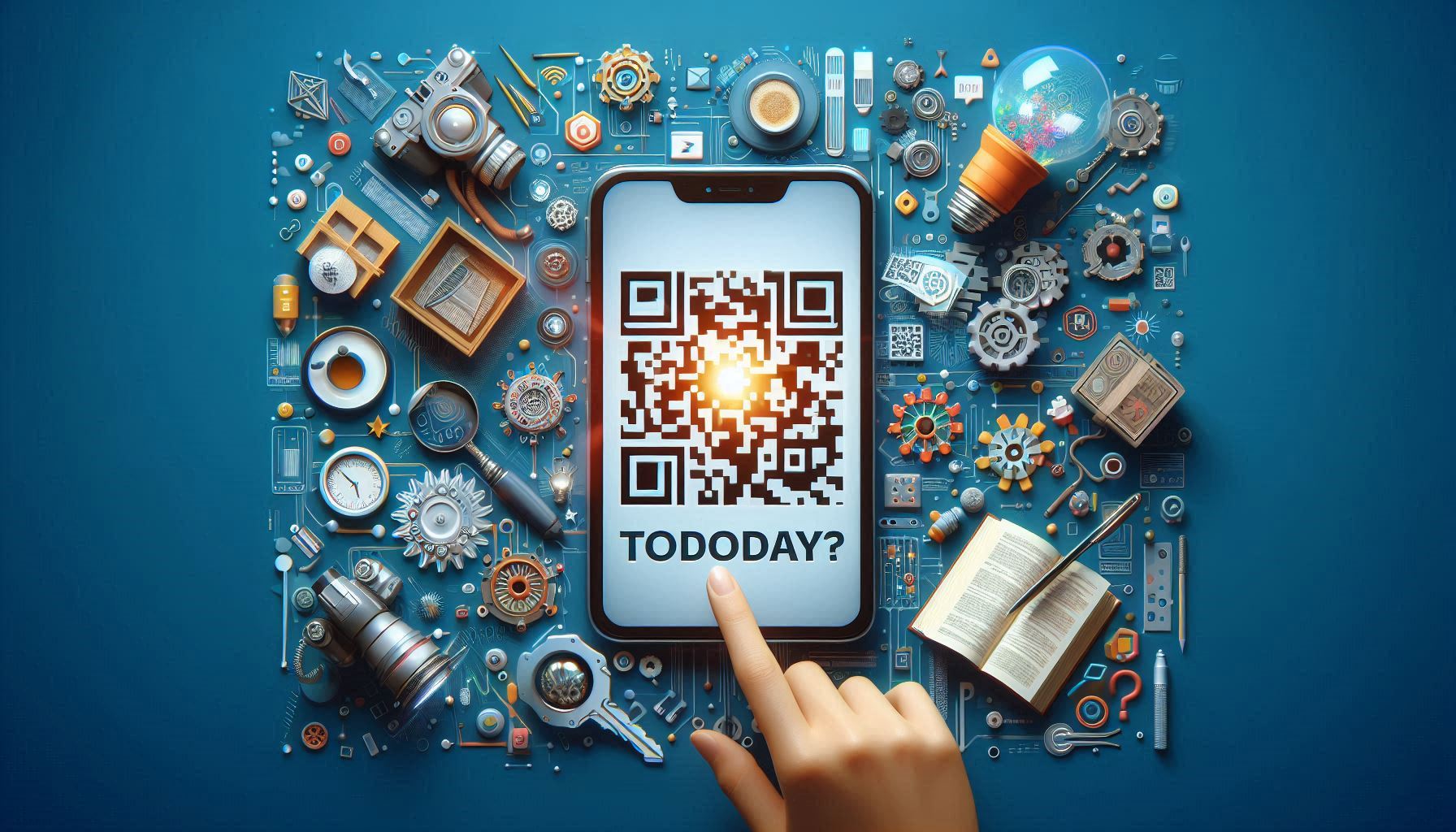QR codes (Quick Response Code) were first developed in 1994 in Japan for the automotive industry.
QR codes (Quick Response Code) were first developed in 1994 in Japan for the automotive industry. However, today this technology is used in many different areas of our lives and has gained significant importance in the rapidly evolving digital world. With the widespread use of mobile devices, QR codes have integrated into our lives and have become a technology offering innovative solutions in various sectors. So, how are QR code technologies used today, and how are they evolving?
1. High-Capacity QR Codes
Traditional QR codes had limited data capacity, but today’s advanced QR code technologies can store much more data. Especially dynamic QR codes stand out with their ability to store more data and modify their content later. These types of QR codes are frequently used in marketing and advertising. Dynamic QR codes, thanks to their ability to change content, can be effectively used throughout campaigns.
2. Mobile Integration and Payments
Today, QR code technology is used in strong integration with mobile payment systems. Mobile wallets and payments are rapidly made via QR codes. Applications like Apple Pay and Google Pay offer users a quick and secure payment method by utilizing QR codes. The ability to make payments by scanning QR codes provides significant convenience, especially for small businesses.
Additionally, QR codes for contactless payments and financial transactions allow users to make digital payments without the need for physical cards or cash. This greatly contributes to the digitalization of commerce.
3. Advanced Data Analytics and Tracking
QR codes not only facilitate data transmission but also offer traceability. Advanced QR codes today record when, where, and with which device the code was scanned. This feature is a valuable tool for measuring the success of marketing campaigns. Advertisers and businesses can track which QR codes are receiving the most engagement and adjust their strategies accordingly.
4. Interactive and Personalized QR Codes
With technological advancements, QR codes have become more interactive. For example, AI-powered QR codes can offer content based on users' personal preferences after scanning. These QR codes are used in marketing to personalize the customer experience. For example, when a customer scans a QR code, they can be presented with offers or special campaigns tailored to their interests.
Moreover, video content, augmented reality (AR) applications, and gamification elements can be used through QR codes. These features show that QR codes are offering more than just data transfer but an interactive experience.
5. QR Code Usage in Health and Education
QR codes have also gained significant importance in the healthcare and education sectors. In healthcare, patients can quickly access prescriptions, treatment plans, and medication information through QR codes. Additionally, during the COVID-19 pandemic, QR codes were used to provide access to health information for contactless health services.
In education, QR codes provide easy access to lesson materials, videos, educational content, and interactive tests. Students can scan QR codes provided by teachers to access additional resources and make lessons more interactive.
6. QR Codes and Data Security
In recent years, QR codes have also been used in data security and encryption. Encrypted QR codes allow users to share personal information securely. For example, when users scan a QR code, only an encrypted link opens, and only authorized users can access this link.
These types of QR codes are particularly used in financial applications, secure sharing of health information, and digital identity verification processes.
7. The Future of QR Codes
In the future, the use of QR codes will likely expand further. With the advent of the Internet of Things (IoT), QR codes will provide the opportunity to interact with any object in daily life. Additionally, with the widespread use of 5G technology, QR codes are expected to be used more quickly and efficiently.
QR codes will integrate not only with mobile devices but also with smart devices and wearable technology. For example, scanning a QR code from a smart watch could offer more practical solutions for users.
Conclusion
Today, QR code technologies play an important role not only in the digital world but also in daily life. QR codes, which offer innovative solutions in commerce, health, education, and many other sectors, are expected to be used in more areas as technology evolves. As a user-friendly, fast, and efficient technology, QR codes will continue to be an indispensable part of our lives.
